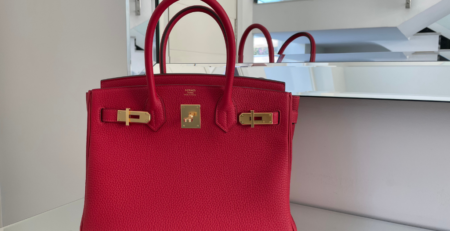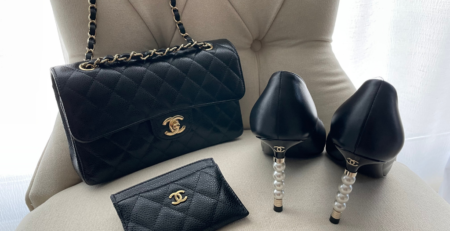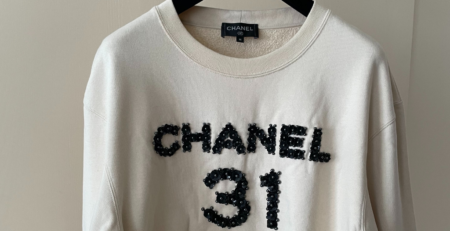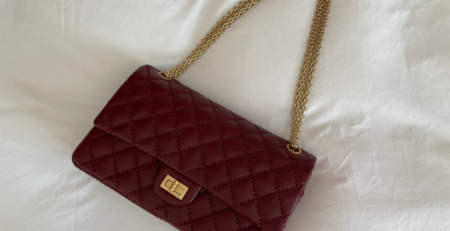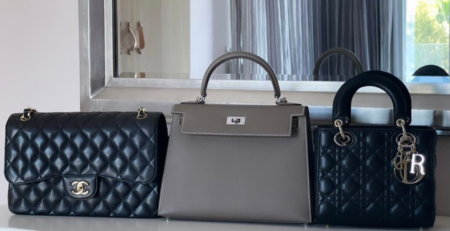Stigmas And Secondhand Fashion An Inseparable Pair?
Secondhand has been a trend for a few years now, but the concept is still intricately riddled with misconceptions and approached with an unhidden reluctance for some fashion addicts. Even though stigmas are fading away, some of them still stick to the practice. Here, we are going to debunk them.

The rise of sustainability in the fashion sphere drives fashion lovers to rethink their purchasing and consuming habits. Thrifting comes to mind as one of the most efficient and sustainable options to reduce textile waste and landfills pile up. Instead of being discarded, clothes are given a new life in someone’s else closet.
Simple right? Not so much.
The industry still thrives on seasonal trends characterized by its fast-paced nature. The fashion industry is a world apart with its own rules and hierarchy where the ones standing at the top of the chain are those adorning the latest trends, and getting caught twice in the same outfit is a criminal offense. Despite a lot of progress, it is quite an understatement to point out that the fashion industry still lacks ethical approaches. Especially in those days, the social media age urges us to stay on top of fashion trends.
Secondhand comes as a breath of fresh air in this fast-fashion race, where circular fashion enables us to slow down and reuse past and vintage pieces. The practice didn’t spur out of anywhere. It has been around for decades now, but interestingly it took a different turn with the rise of social media. As the threats against our planet hit more and more worrying headlines, conscious customers armed themselves with alarming hashtags and concerning captions to spread awareness against the ravaging consequences of fast-fashion.
Brands also are starting to get their hands into the circular movement, such as Stella McCartney, J.M. Weston, Levi’s are even Citadium, which use ethical methods or/and included vintage pieces.
It resulted in an increase of consumers questioning their purchasing behavior and the harmful practices behind the production of their favorite clothes.
So why the stigmas?
Despite the rise of the secondhand movement, there is still a reluctance to consume hand-me-down clothes. Here are some stigmas still clinging to the practice.
1. CLEANLINESS AND HYGIENE
Clothes raise the question of hygiene and cleanliness, especially when it comes from someone else’s closet. The idea of wearing someone’s past garments is not appealing to everyone, and these concerns are sometimes not groundless. However, that issue can be easily remedied. Whereas it is online or at your local thrift shop, you can ask your vendor about the vetting process. They generally have a thorough vetting process where they clean clothes. As for individual vendors, it is preferable to wash your new loved item before wearing it. Especially in those times!
2. OLD AND POOR QUALITY
A second common issue would be the subject of quality. Some of these clothes that we buy have been worn for months are sometimes even years, before getting a hold of them. Some of them went through the intense whirling process of the washing machine so many times they might even have lost their splendor. Inspecting clothes thoroughly for stains, stitches, and ripped parts can avoid bad surprises. When it comes to online purchases, the process might be less easy. One of the solutions is to ask for closer pictures so that you can inspect them thoroughly.
As for old, it doesn’t necessarily means outmode. Fashion works in cycles, and now and then, trends that had disappeared years ago resurfaced like flowers during springtime. Everything had some point comes back as a new trend. Moreover, you can find unique pieces that will never get out-of-fashion.
3. THE POVERTY ASSOCIATION
For the longest time, one of the most detrimental stigmas that had stuck to secondhand fashion was that people couldn’t afford to buy new. But today, this etiquette is slowly shedding. With the rise of ethical behavior, more people are proudly proclaiming to purchase secondhand. Buying secondhand is no longer associated with the weight of someone’s wallet but with their ability to find unique pieces for a portion of their initial prices!
Those stigmas are no longer appropriate for today’s time as secondhand became more than ever a cool move to display, especially on social media. If done right, it can enable you to find amazing pieces for a fraction of the initial price while making a meaningful gesture for the planet.


